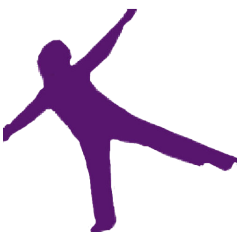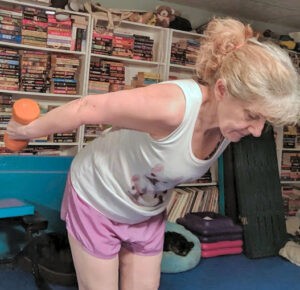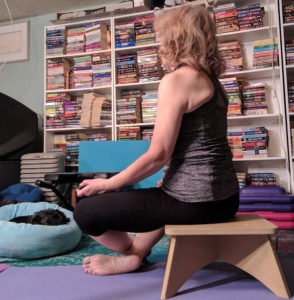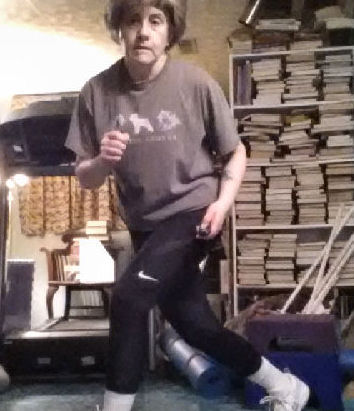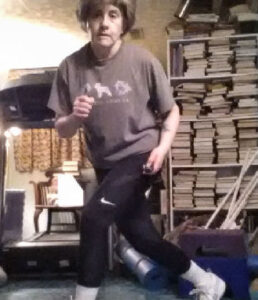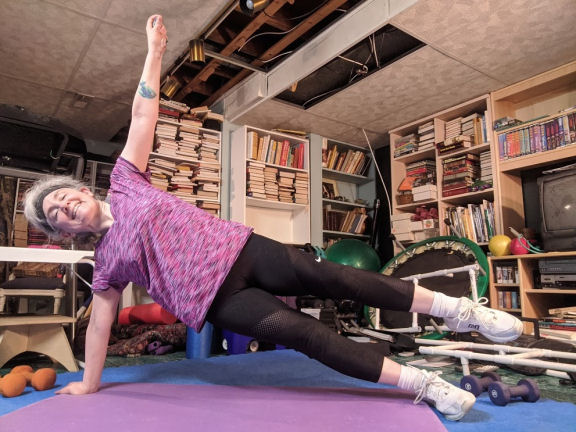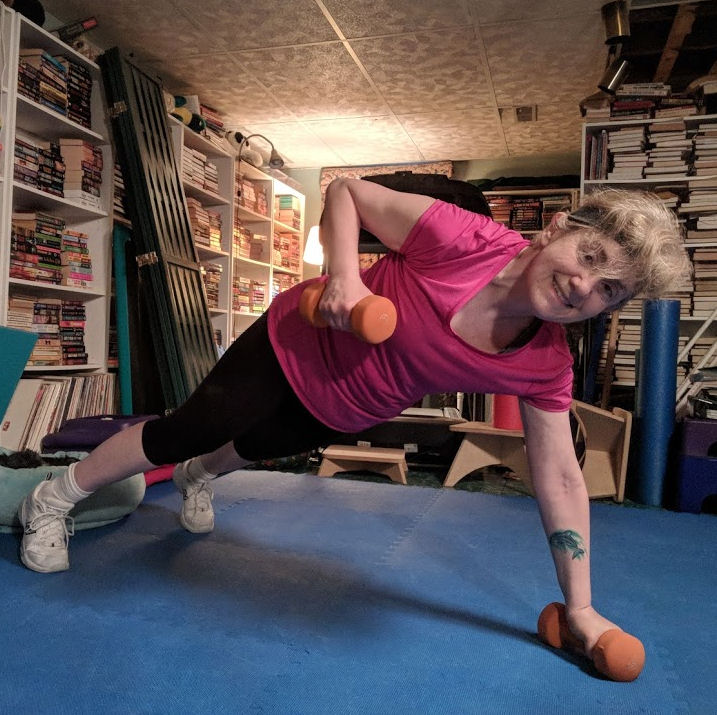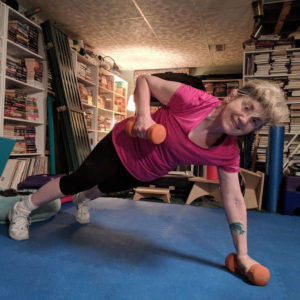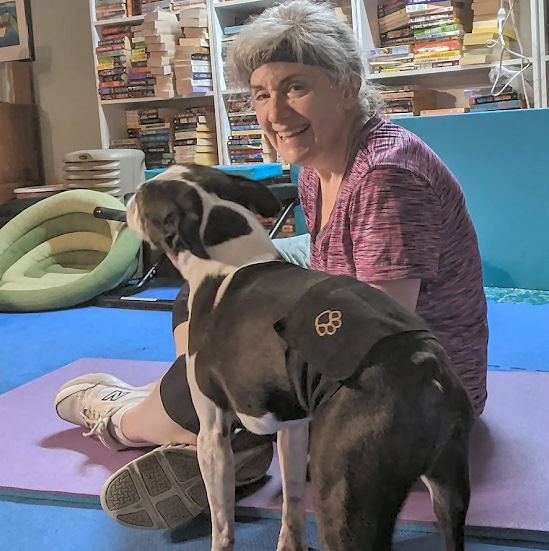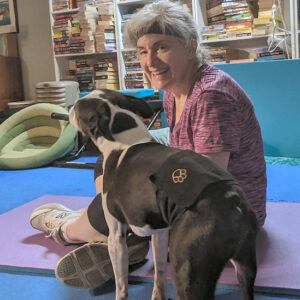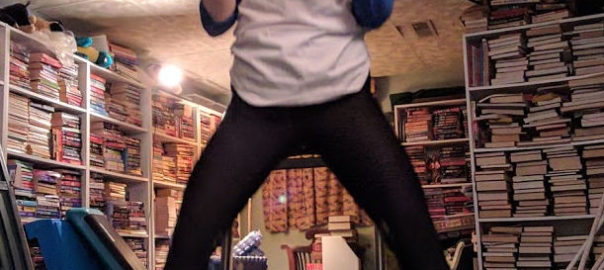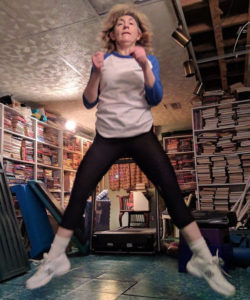I hate running. I’ve said that before, but it’s actually not so true any longer. I still don’t like to run, but I don’t hate it as much as I used to. That’s because I’ve been running regularly for over a year. I only run twice a week. And it’s still mostly run / walk, but I do run for over a minute at a time. I call that running. How did I achieve that consistency of doing something that I actively dislike? The “Premack principle.” Those rewards, those little treats keep us going.
A little treat keeps me on the treadmill
David Premack, a psychologist in the 1960s developed the theory, now named for him, that said that doing something you like to do can be a reward for doing something you don’t want to do. Like my listening to an audiobook that I really enjoy while I run, which I do not enjoy. It’s that little treat – an audiobook that I get for nothing – that keeps me on the treadmill. My body gets much more of a benefit from running than my brain does by listening to that audiobook.
Those little treats keep us going, but they’re not luxuries
A recent article in Psychology today explains that these little treats are not a luxury. We’re not pampering ourselves by getting rewards. Ray Christner, the article’s author, says that the Premack principle has a solid foundation in psychology. And we use it for our dogs too. It’s called positive reinforcement. These little treats keep us going by offering encouragement for doing something good.
It’s like dog training
Likewise, our dogs are rewarded for doing what we like. We always say that “what gets rewarded gets repeated.” And this holds for us, too. That audiobook gets me on the treadmill twice a week. And, now, to tell the truth, when I have to miss a day of running, I don’t feel quite right.
And studies have shown that the speed of the reward matters. The faster the reward is linked to the action, the more motivated to perform it. And it actually may not be the reward that compels us to perform the action – it may be how that reward makes us feel. Listening to that audiobook is not a tangible thing. And it’s different every time I turn the player on. But I feel the same enjoyment.
How to use those little treats
If the little treats keep us going, how do we use them? First, we have to set clear, achievable goals. For me, it’s treadmill time twice a week. Walking no more than half the time. And running at 7 miles per hour or more.
Identify meaningful rewards
Identify meaningful rewards and tie them to specific achievements. Choose rewards that you like, perhaps a cup of coffee or a half hour doing a crafting project after you perform the behavior you’re not fond of.
All things in moderation. Don’t go overboard – either with the reward you like or the behavior you don’t. Have the reward fit the behavior.
And make sure it’s helping. For me, it is – I’m faster than I was, I can run longer, and I no longer hate running.
It’s true – those little treats keep us going. They motivate us to face challenges and lead a happier life. Remember to celebrate your achievements – big and little.
